Understanding Pav Bhaji and Its Significance in Indian Cuisine
Pav Bhaji, a cherished dish within Indian cuisine, originated in the bustling streets of Mumbai during the 1860s. Initially created as a quick meal for the city’s textile workers, this delectable street food has evolved into a beloved comfort dish enjoyed by many across India and beyond. Its journey from humble beginnings to a symbol of culinary heritage illustrates the dining culture prevalent in urban India.
The defining components of Pav Bhaji are ‘pav’ and ‘bhaji.’ Pav refers to the soft bread rolls that are lightly toasted in butter, while bhaji is a spiced mixture of mashed vegetables, primarily composed of potatoes, peas, and bell peppers. This fusion of ingredients creates a mouthwatering dish that showcases the vibrant flavors characteristic of Indian cuisine. The blending of spices in bhaji—a mix of cumin, turmeric, and chili powder—provides a unique depth of flavor, making it a signature dish that resonates with many palates.
Across various regions in India, Pav Bhaji has seen numerous adaptations that cater to local tastes. For instance, in some areas, the bhaji might include additional vegetables or spices, reflecting regional agricultural practices and culinary nuances. Moreover, this dish is often accompanied by a dollop of butter, chopped onions, and a squeeze of lime, enhancing its appeal and taste. The versatility of Pav Bhaji underscores its significance as a comfort food, securing its place in the hearts and homes of people around the country.
As Pav Bhaji continues to gain traction internationally, its popularity as a representative of Indian culinary diversity exemplifies the globalization of Indian food culture. The unique synergy of bread and vegetable mix not only satisfies cravings but also connects diners to the rich traditions and flavors of India, making it an ideal candidate for global distribution.
Sabji Masala by Telugu Foods: A Gateway to Authentic Indian Flavors
Sabji Masala, a vibrant spice blend offered by Telugu Foods, captures the essence of Indian culinary heritage, making it an ideal choice for consumers seeking authentic Indian flavors worldwide. This unique masala is composed of various carefully selected ingredients, each contributing to its distinct taste and aroma. The primary components typically include cumin seeds, coriander, turmeric, and red chili powder, among others. Cumin provides a warm, earthy flavor, while coriander adds a hint of citrus and sweetness. Turmeric, revered for its health benefits, infuses brightness, and red chili powder brings in the desired heat that complements a variety of vegetables.
The significance of each ingredient in Sabji Masala extends beyond its flavor profile; they also enhance the nutritional value of the dishes prepared. For instance, turmeric possesses anti-inflammatory properties, making it a beneficial inclusion in daily meals. This thoughtful combination of spices allows for easy preparation of traditional Indian recipes, making Sabji Masala not just accessible but also inviting for those unfamiliar with Indian cooking methods. International consumers can effortlessly recreate popular dishes, such as vegetable curry or sabzi, with authentic taste by utilizing Sabji Masala.
As Telugu Foods aims for global distribution of its products, it faces both challenges and opportunities. Navigating international markets requires a tailored marketing strategy that highlights the quality and authenticity of its offerings. Building partnerships with local distributors and retailers can facilitate entry into diverse markets, ensuring that Sabji Masala reaches a wider audience. Additionally, consumer education plays a critical role; providing recipes, usage tips, and the health benefits of these spices can encourage adoption among food enthusiasts and home cooks alike.



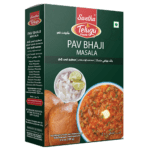
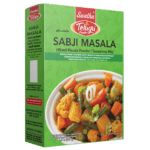

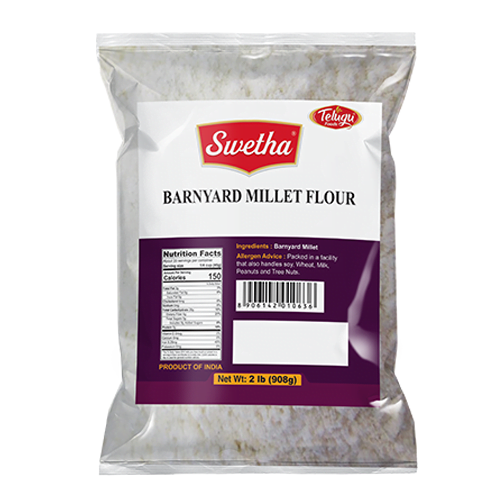


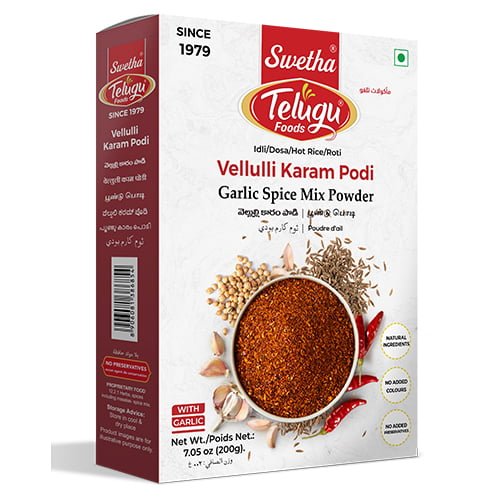



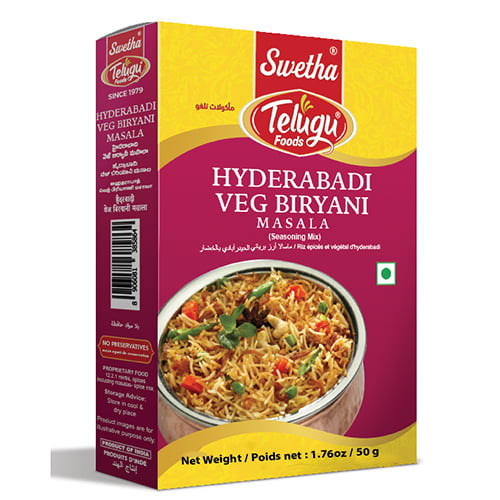

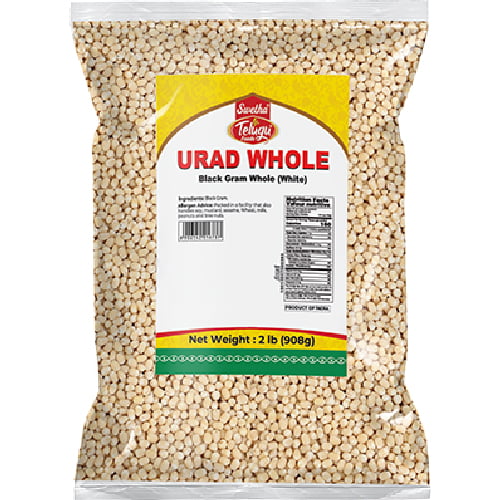
Reviews
Clear filtersThere are no reviews yet.